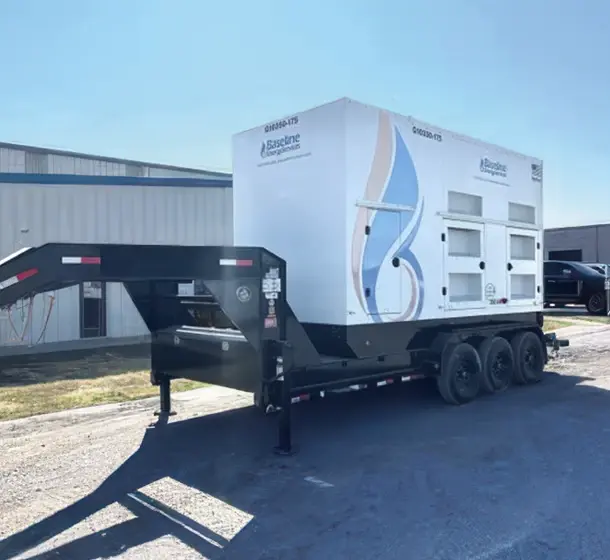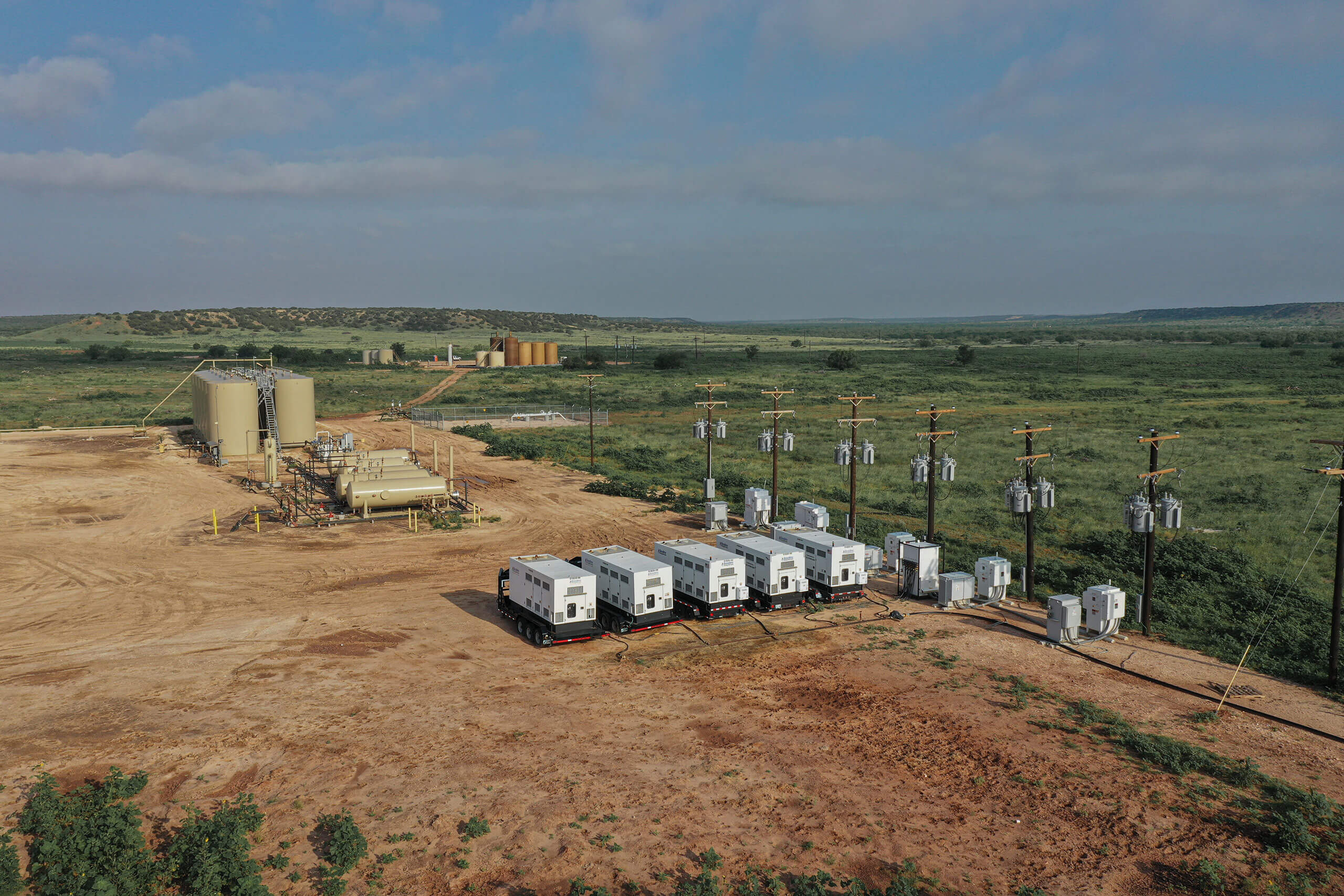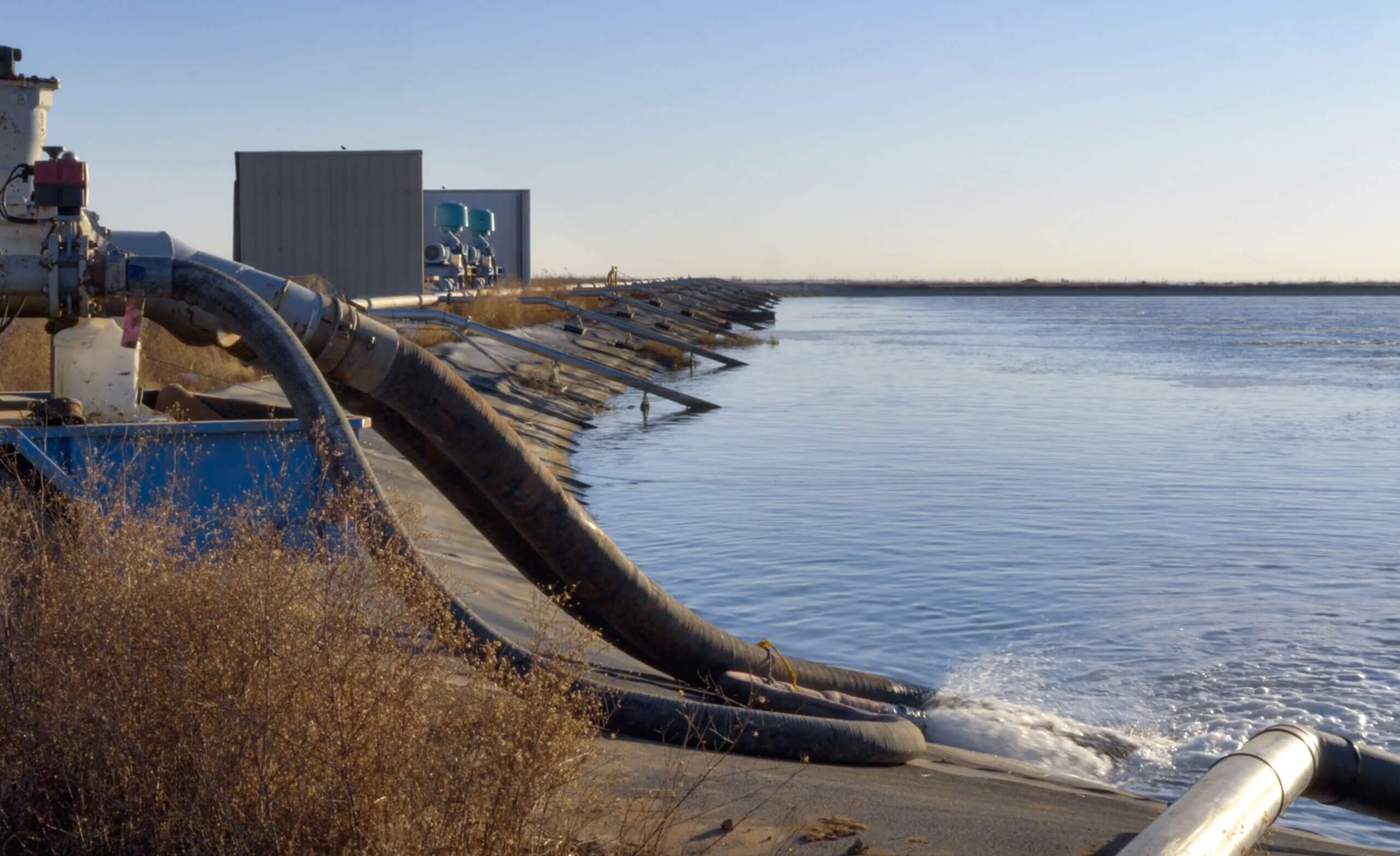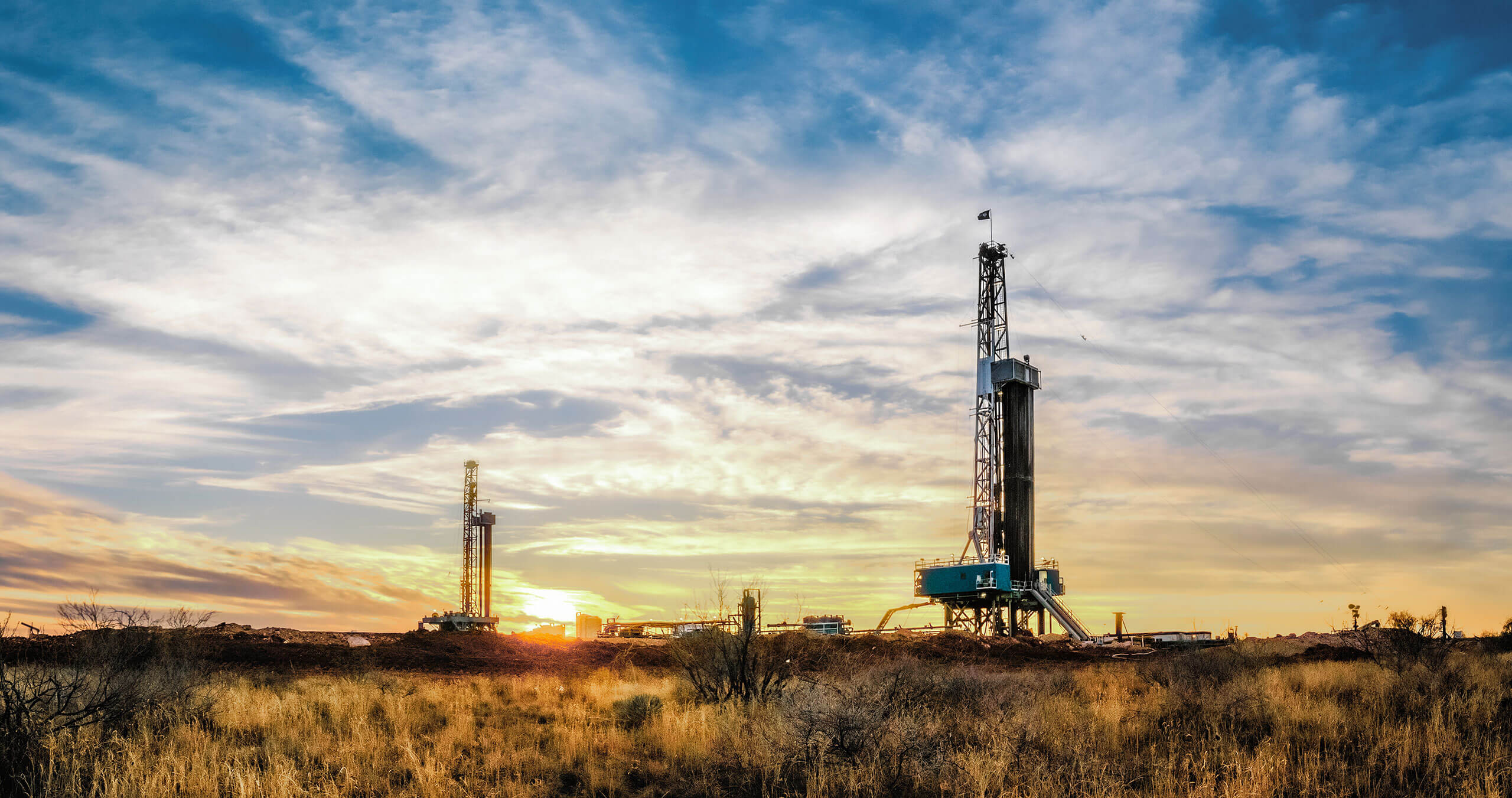Knowledge Center
Assess your output needs to start toward your new energy solution
Fill in the fields below to calculate output using a wide range of units of measurement
Distributed Power Glossary
Explore our glossary below to define terms found throughout Baseline’s services
Alternating Current (AC)
An electrical current that repeatedly changes or reverses its direction opposite to that of Direct Current (DC) which always flows in a single direction.
Alternator
An alternator is also known as a gen end or generator end. It is the component that converts mechanical energy into electrical power using electromagnetic induction. It can be a stand-alone unit, or it can be part of a genset.
Amperage
Measurement of the strength or intensity of an electric current in ampere.
Backup Generators
A backup generator (genset) is a standby source of electricity. They are used in times of emergency when there is an extreme shortage or a sudden loss of power. They can start automatically and restore power quickly.
Current
The flow of particles charged by electricity.
Derate
A decrease in the available capacity of an electric generating unit.
Diesel Generator
A diesel genset generates electrical power using a diesel engine and an alternator. Used most often as single day-rent solutions or as emergency backup.
Direct Current (DC)
Direct current is an electric current that flows only in one direction and is the product of a chemical action or electromagnetic induction.
Dual Fuel
A dual fuel system is sometimes referred to as a bi-fuel, meaning an engine that can simultaneously operate on two types of fuel such as diesel and natural gas.
Enclosure
The housing of a genset. An assembly used to protect the genset from damage caused by weather, animals, and other harmful elements.
Frequency
Frequency is the number of electrical waves that pass by per second. Frequency is measured in cycles per second known as Hertz (Hz). The US standard is 60 Hz.
Generator
A device that converts mechanical energy into electrical energy used to power other machines.
Generator End
A generator end is also referred to as an alternator or gen end. It is the component in a generator that converts mechanical energy into electrical energy.
Generator RPM
A generator’s revolutions per minute (RPM) is the number of turns in one minute needed to reach the required frequency of 60 Hz. Most generator engines must operate at 1800 or 3600 RPM to produce 60 Hz. Generally speaking, 1800 RPM sets are common for prime generators while 3600 RPM sets are for stationary units.
Genset
Genset is a more accurate term often used interchangeably with the term generator and is short for generator set. A genset is an apparatus consisting of four main parts: (1) an engine, (2) alternator or generator end, (3) a control panel, and (4) a skid. It is used to convert mechanical energy to electric power.
Grid
An electrical grid is an interconnected network for electricity delivery from producers to consumers. Electrical grids vary in size and can cover whole countries or continents. It consists of power stations, electrical substations to step voltage up or down, electric power transmission to carry power long distances, electric power distribution to individual customers, where voltage is stepped down again to the required service voltage(s).
Hertz (Hz)
Unit of frequency that is equal to one cycle per second.
Ignition Coil
An ignition coil (also called a spark coil) is an induction coil in an engine’s ignition system that transforms the battery’s voltage to the thousands of volts needed to create an electric spark in the spark plugs to ignite the fuel.
Joule
The energy dissipated as heat when an electric current of one ampere passes through a resistance of one ohm for one second.
Kilowatt (kW)
A measure of 1,000 watts of electrical power.
Kilowatt-hour (kWh)
A measure of electrical energy equivalent to a power consumption of 1,000 watts for 1 hour.
kVA
kVA is kilovolt-ampere and is the unit of apparent power, which tells you the total amount of power in use in a 100% efficient electrical system. However electrical systems are never 100% efficient and therefore kVA is not an accurate measure of useful work output. kW is the amount of power that is converted into a useful output. kW is therefore known as actual power or working power. A good rule of thumb for gensets is to multiply kVA by a power factor of .8 to derive kW, the working output.
kW Rating
A kW rating is determined by multiplying the horsepower of an engine by .746. The kW rating may also be derated (lowered) in the instance of the fuel source quality becomes a limiting factor.
Load
Load is the amount of electric power used by equipment drawing electricity from a generating system.
Load Bank
A load bank is a machine that mimics the real load of a generator to test, support, and determine the generator’s capability to handle its electrical load.
Mobile Generator
Portable generators that can be moved from one location to another with relative ease and are not meant for permanent use.
Natural Gas Generator
A natural gas generator is a genset that converts natural gas into electrical power. These gensets are used both in mobile and stationary applications.
Peak Power
Peak is a measurement that defines the maximum load that can be consumed within a specified time period.
Phase
Phase measures the uniform periodic change in amplitude or magnitude of an alternating current.
Rectifier
Rectifier is used for converting alternating current (AC) to direct current (DC).
Relay
A relay is an electrically operated switch normally used in control circuits that is activated by a current in a circuit with the purpose of opening or closing another circuit.
Rotor
The rotor is the moving or rotating part of the generator.
Skid
A skid is a base used to mount the components of a genset.
Standby Power
A backup source of electrical energy that remains dormant and starts functioning as soon as a control device instructs it to.
Stationary Generator
Stationary generators typically operate as standby or backup generators. They are usually permanently located to address business or industrial emergency needs. Stationary generators are usually connected to the main distribution panel and have the option of either being manually or automatically started when needed.
Stator
The stator is the stationary part of a generator.
Transfer Switch
A transfer switch is a switch that either manually or automatically changes an electrical load from its regular and preferred source to an alternative and usually stationary or portable source. A transfer switch is most often used in emergency times when there has been a power outage. Transfer switches can also incorporate controls to do things like setting timers or activating/deactivating the backup generator.
Uninterruptible Power Supply (UPS)
Also known as a battery backup, a UPS provides power during a power outage or reduction in voltage instantly and automatically. It is used together with a standby generator to ensure that there are no power disruptions. UPSs are often used by data centers, medical facilities, laboratories, process centers, and other professional establishments that would be negatively impacted by any lapse in electrical output.
Volt
The volt is the International System of Units(SI) measure of electric potential or electromotive force. A potential of one volt appears across a resistance of one ohm when a current of one ampere flows through that resistance.
Voltage
The measure of the electric energy per electron that electrons can acquire and/or give up as they move between the two conductors and is expressed in volts.
Voltage Regulator
A system designed to automatically maintain a constant voltage.
Watt
Measurement of electrical power. One watt is equal to 1 joule of energy per second.
Winding
Windings are the coils of a generator. In other words, it is wire that has been turned one or more times to form a continuous coil to allow an electric current to pass through it. There are two main windings: stator and rotor.
No terms matching these filters.
Explore Our Technical Briefs
Click and drag below to explore our Technical Briefs




